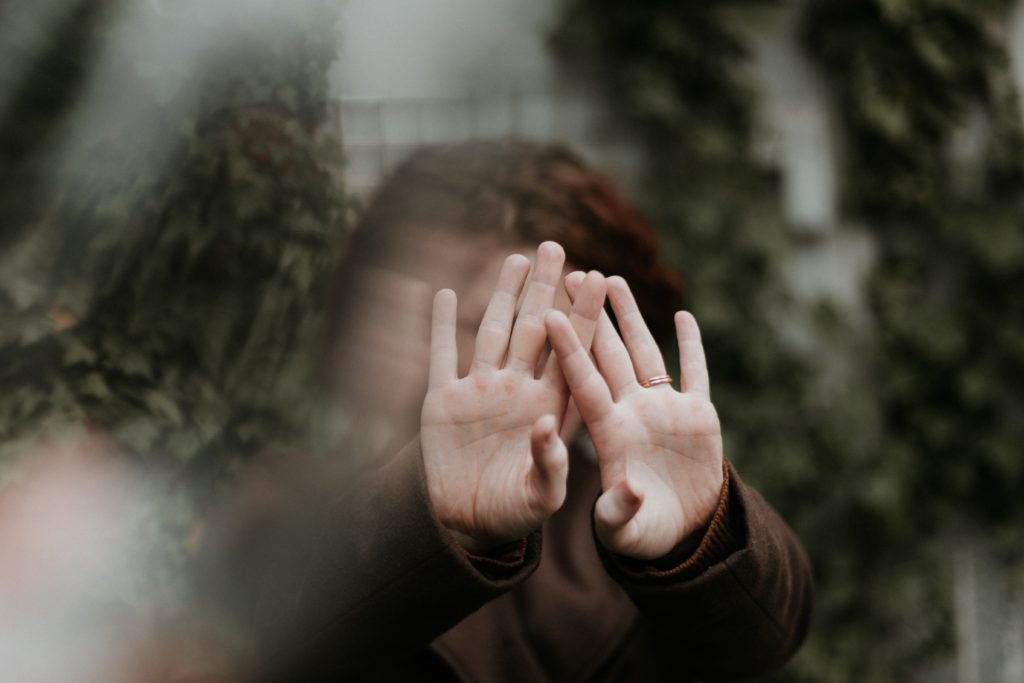
When I first got married, it was not long after an intense “mean girls” period in my life.
You know, there are some hard ways to socially learn what not to do. Here are some of the lessons–of varying legitimacy–in which I had been viciously ardently instructed during this period of my life. (Maybe you can relate.)
- Don’t be too fat.
- Don’t dress how you want to. Dress in a way people will respect. (Or at least not openly mock.)
- Don’t look like you’re trying too hard.
- Don’t stick your neck out in creativity. The risk is far too great.
- Don’t fail.
- Whatever you do, don’t succeed when other people really want you to fail.
- Don’t drop food on your clothes, be too perky, have hair sticking up, sing or speak too loudly, or assume someone is your friend.
Perhaps you’re envisioning how this all went down. But worry not! By the time I got married, my inner Janel was almost entirely cudgeled into submission, and could only be subjected to a similar experience unless she got out.
Which was not going to happen. Under penalty of certain death.
I would not wear the color red (too attention-grabbing). On even an empty sidewalk, I would walk on the edge. I would not express any potentially-opposable opinions. I was remarkably agreeable. Demure, even.
But my then-new-husband was a little concerned about my eagerness to hand over the leash wrapped around my neck (to him, to friends, to utter strangers). I directed him many a discouraging look.
Yet he was the first one to baffle me with a truth: He actually liked inner-Janel better.
(Can you believe this guy?)
Why We Love the False Self
I’ve thought about this recently as I consider the gap in all of us between the people we are within, and those we are on the outside.
I’m talking in-control, achieving, cute, disciplined, articulate, put-together selves. Those are usually our selves who are definitely not rejected, angry (or are only angry and in control, never hurt), messy, broken, sad, afraid, hurt, or unable to get our acts together.
Many authors called this the “false self”, which occasionally confuses me.
In some way, the people we project are very much the people we choose to be; for example, out of the overflow of the heart, the mouth speaks (Matthew 12:34). But then again, I think of the Bible’s references to the old self. (I love Ephesians 4:21-24 on this.)
The False Self: Reaching for the Wrong Hand
Author and spiritual director Alice Fryling, in Mirror for the Soul: A Christian Guide to the Enneagram, likens the false self to a time her young daughter reached for the wrong hand in the supermarket.
In the false self, we may be doing a lot of good things, coping mechanisms which have served us (in varying degrees of health) all our lives. But they’re holding a hand–a source of motivation and nurture–that doesn’t love us or genuinely care for us.
Like me, you may have found that your outward behavior genuinely helps you to become the person you want to be in ways healthy and unhealthy.
Personally, I rely on well-worn patterns of finding worth in my performance (there’s my enneagram-3-wing) and loving/serving others to become indispensable (…aaaand there’s my 2).* They’re how I pushed past those hard years in high school, my own crippling emotions (that’s easy! Ignore ’em!), and many a dark day. One enneagram 3 I know has used her achievement tendencies to vault over her abusive childhood and become highly successful.
But sometimes, those strengths are leveraged not for God’s Kingdom, but my own. They’re not born of a soul emotionally-healthy, authentic, loved-by-God. They’re from a false self.
And in stress, sometimes that false self–the gifts we’ve learned to rely on–rev into high gear in place of us trusting God.
In researching this post, I was fascinated to come across a series on Patheos.com exploring the false self of each enneagram number. (I haven’t vetted all of these!) So I’ll link to those if you’re curious about what your own false self might look like.
What Could My False Self Look Like?
In addition to the enneagram 2 and 3 tendencies mentioned above, over-reliance on our strengths in times of trust–rather than trusting God–could look like
- desire for perfection (where my enneagram 1’s at?)
- ability to stay unique and special, closing themselves off to others in anticipation of rejection, and/or being led by emotion (4’s, I’m looking at you)
- detaching from emotions or people, guarding personal resources (like energy), finding refuge in the mind to prevent being overwhelmed (howdy, 5’s)
- trust in outside entities for security, scanning for danger (hello, 6’s)
- trust in distraction and pleasure, ignoring or glossing over the hard (there you are, 7’s)
- ability to maintain control, denying limitations or authority (8’s, that’s you)
- ability to avoid conflict, falling asleep to their needs (yup, those are my 9’s)
To My True Self: Pull Up a Chair
In Sacred Companions: The Gift of Spiritual Friendship and Direction, psychologist David Benner makes the case that the people who are best at offering “hospitality” to other souls are those who have learned to offer hospitality to their own, and to the quiet whisper of God’s Holy Spirit.
He prods,
Reflect on the quality of the soul hospitality that you offer yourself. how well cultivated is the quiet still center of your own soul? What makes it difficult for you to be still in yourself?
Reflect on the quality of the soul hospitality you offer the Spirit. What makes difficult to be still in the presence of God? What makes it difficult for you to hear the still small voice of the God in the quiet of your inner garden?
Part of the gift of soul hospitality is the gift of presence. (emphasis added)
(Grab more posts here on being truly present with God and truly present with others, beckoning that inner self out for a good talk.)
Benner’s words make me think of a spiritual version of inviting a friend over. Do I pull up a chair to listen to the Holy Spirit and my inner self, and fetch us a cup of tea? Does our conversation get anywhere, or is my false self the one who dominates the conversation?

(When Benner mentions our inner garden, it reminds me of God walking with Adam and Eve, presumably just as they both are, in truth, in the cool of the day.)
I find that more and more, being known by God at my core is healing rather than searing. And hearing his voice there is evidence of the quality of our relationship.
“I like her best”
Often, our inner selves–our souls–are the loneliest parts of us.
So last week, when walking with a broken-yet-striving friend, I spoke words to her that I could have just as easily been speaking to myself in some hard days. Words that echoed my husband back in the year 2000:
“I like your inner self the best.”
Something told me this is the part of me God likes best, too.

I hope my relationships on earth, too, can create a place where people can be some emotional/spiritual version of “naked and unashamed” (Genesis 2:25), where we can lay down our false selves and get untucked. Un-made-up, with untoned triceps, a sink full of dirty dishes, and snorting seltzer out our noses. (Ow.)
I’m thinking of questions like these for my inner self, and the inner selves of my husband and friends:
- What do their inner selves want to really say if we’d listen to them?
- What do they wish I would know or hear?
- In the last week, the last year, what is that inner self’s path and story?
- What are they afraid I’ll find out?
- What are they afraid of?
- If they heard his voice, what does God long to say to them?
- What might God wish they would lay down?
(Sometimes getting real about the inner us is…exhausting.)
In the upcoming weeks, create some inner space to listen to your soul. I wonder what conversations it could have with God?
*The enneagram is all the rage lately, drawing both legitimate Christian praise as well as concern. I’ve written about how I personally have employed it as a faith tool to expose some of my core motivations and, well, sins–as well as what to do when you wonder if you’re compatible with someone.
Like this post? You might like
Christian Mindfulness: How It’s Changing Me
10 Dashboard-light Questions: The Stressed Version of Myself

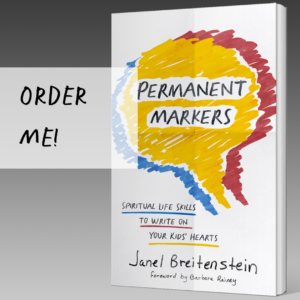
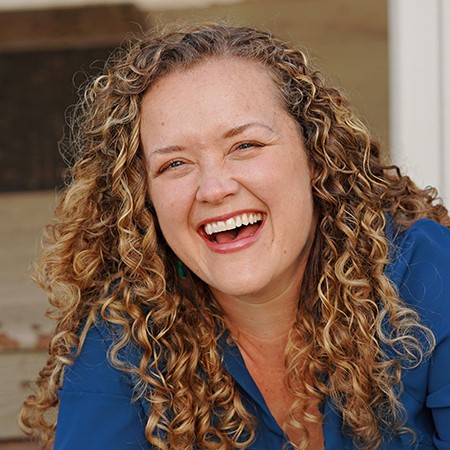

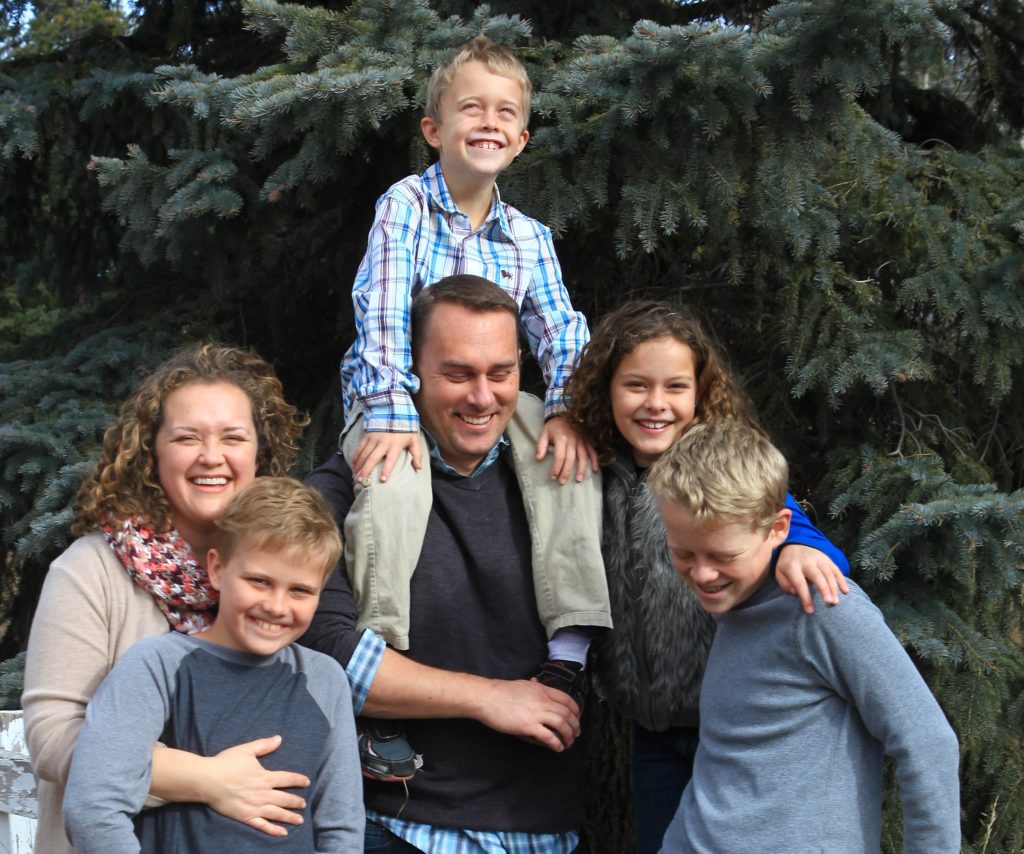
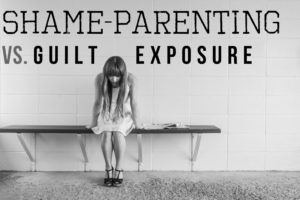
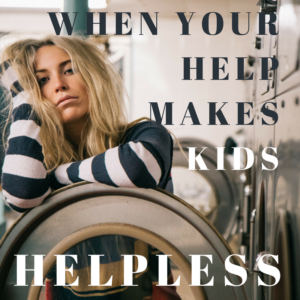
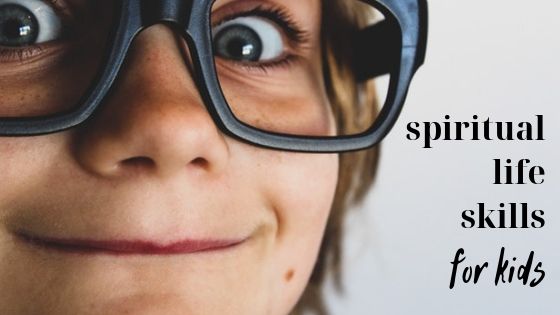

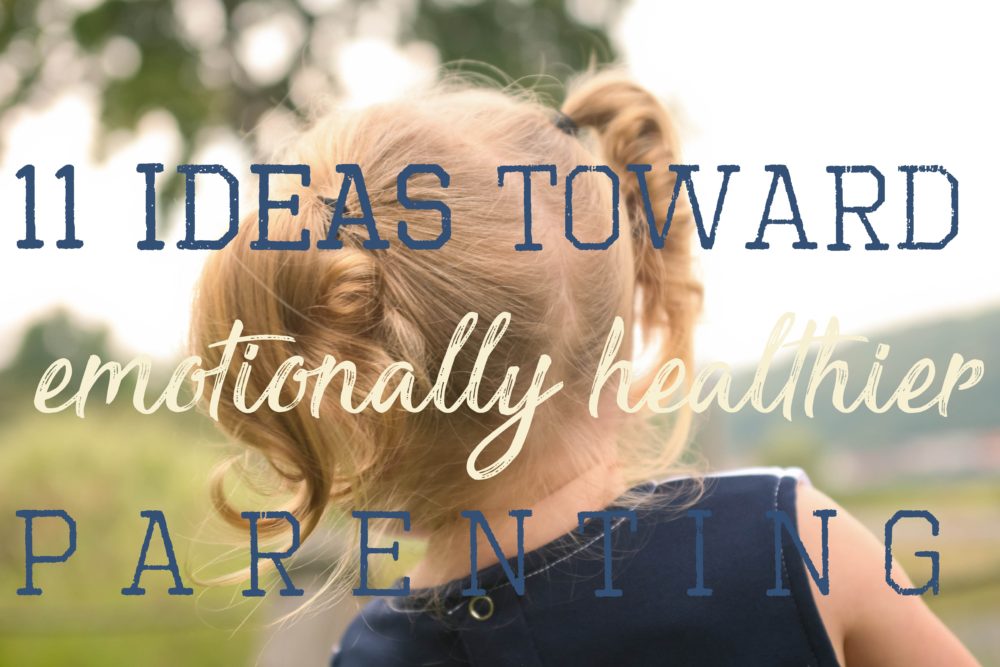
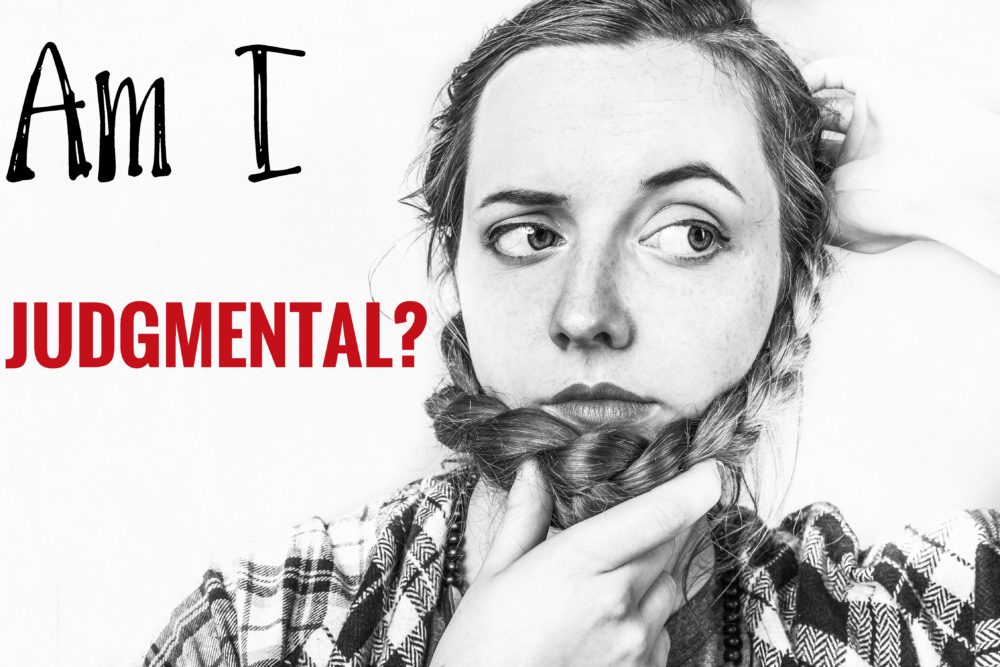
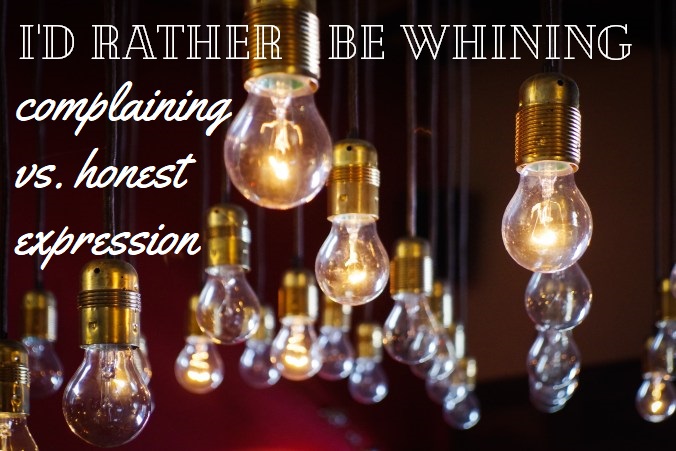

![Now You're Speaking My [Love] Language Now You're Speaking My [Love] Language](https://www.janelbreitenstein.com/wp-content/uploads/2015/08/love-languages-text-1.jpg)
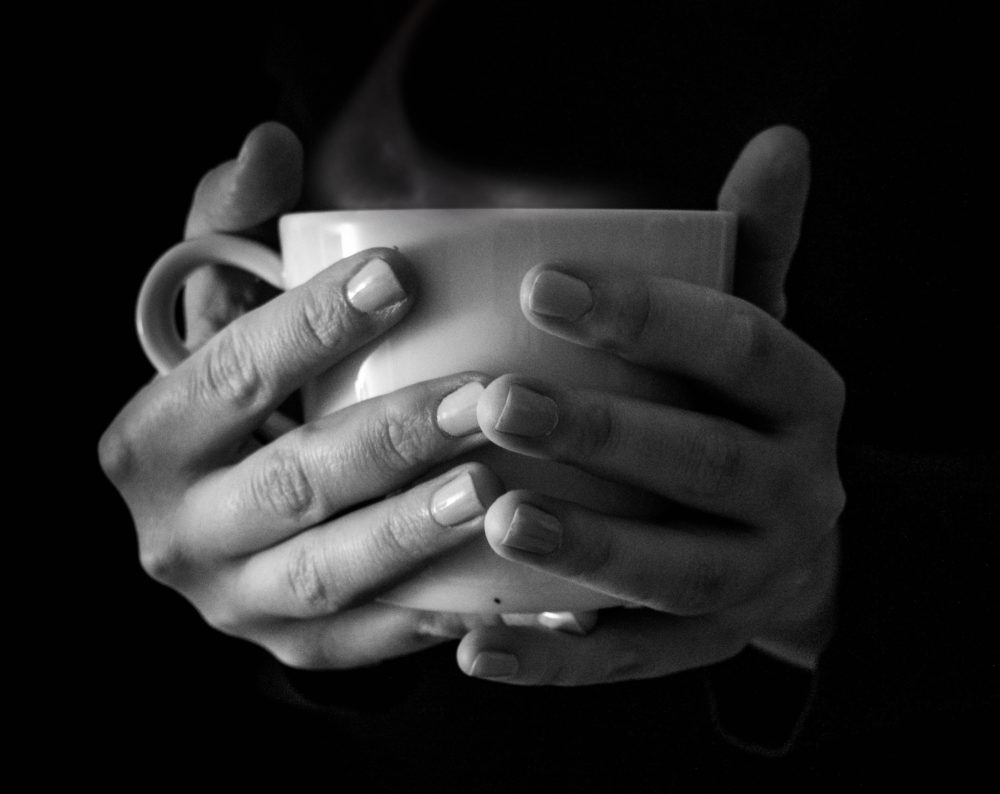




Leave a Reply